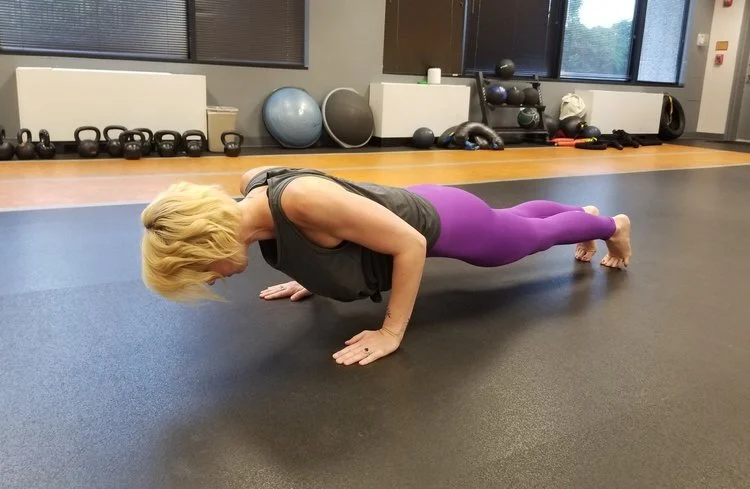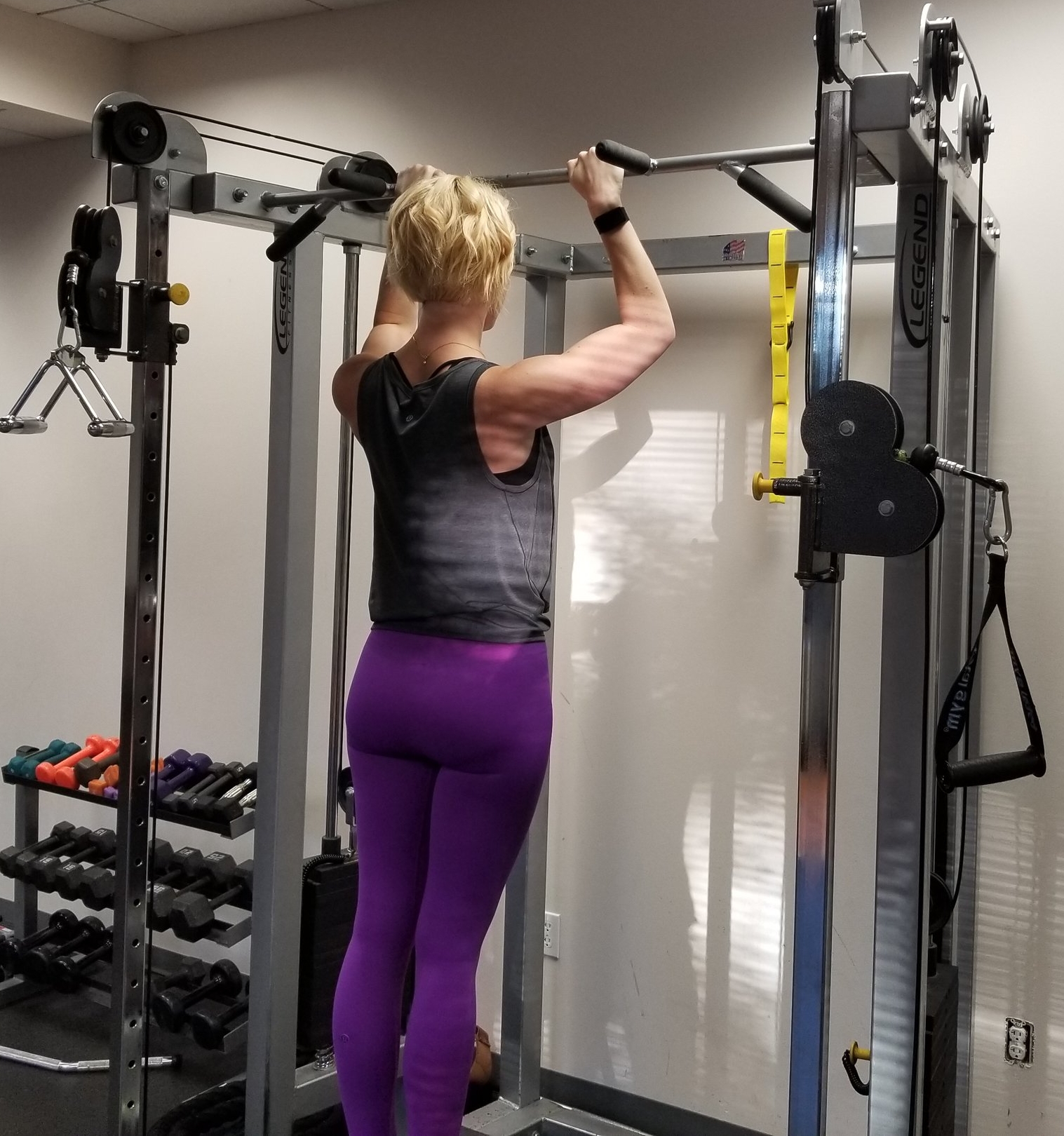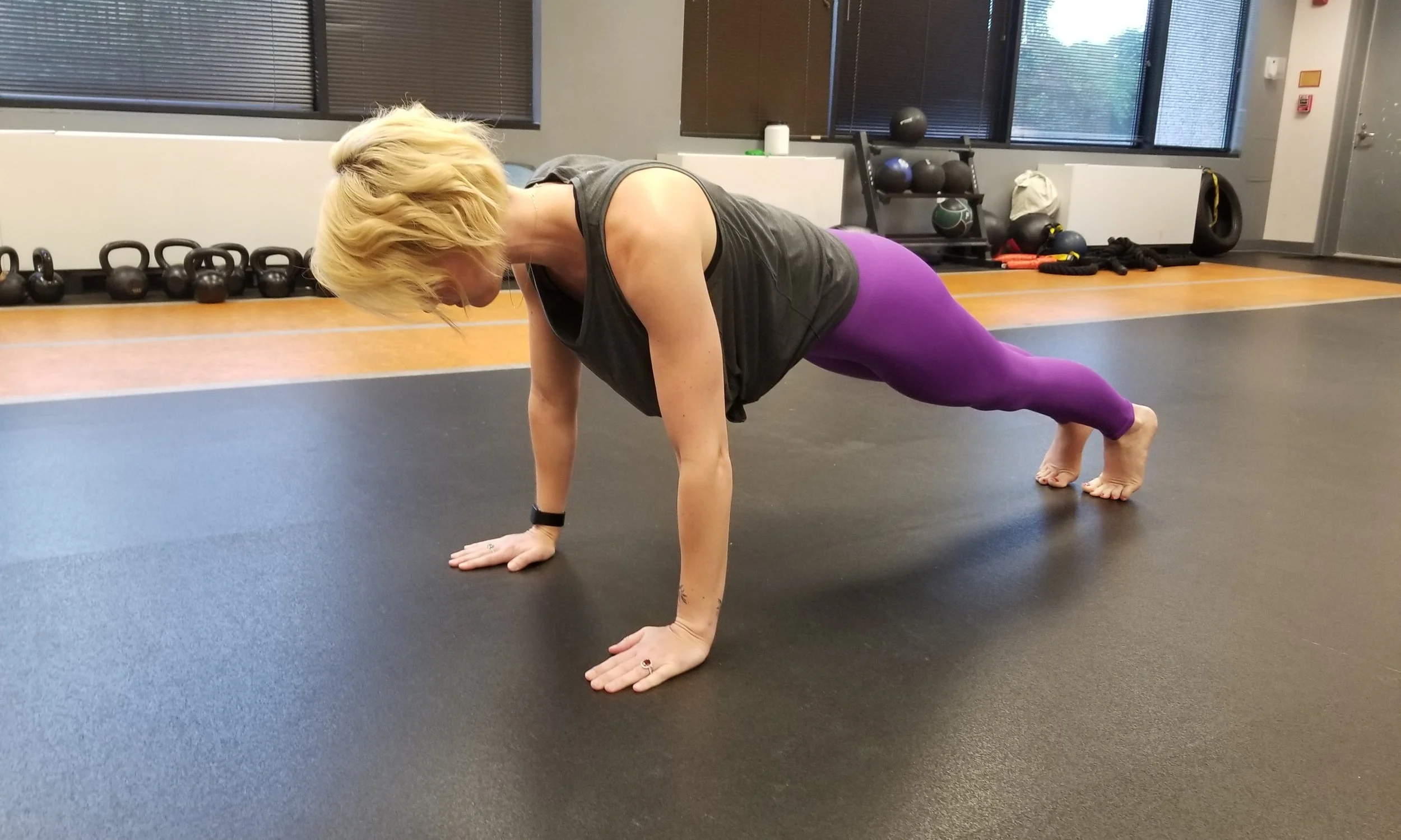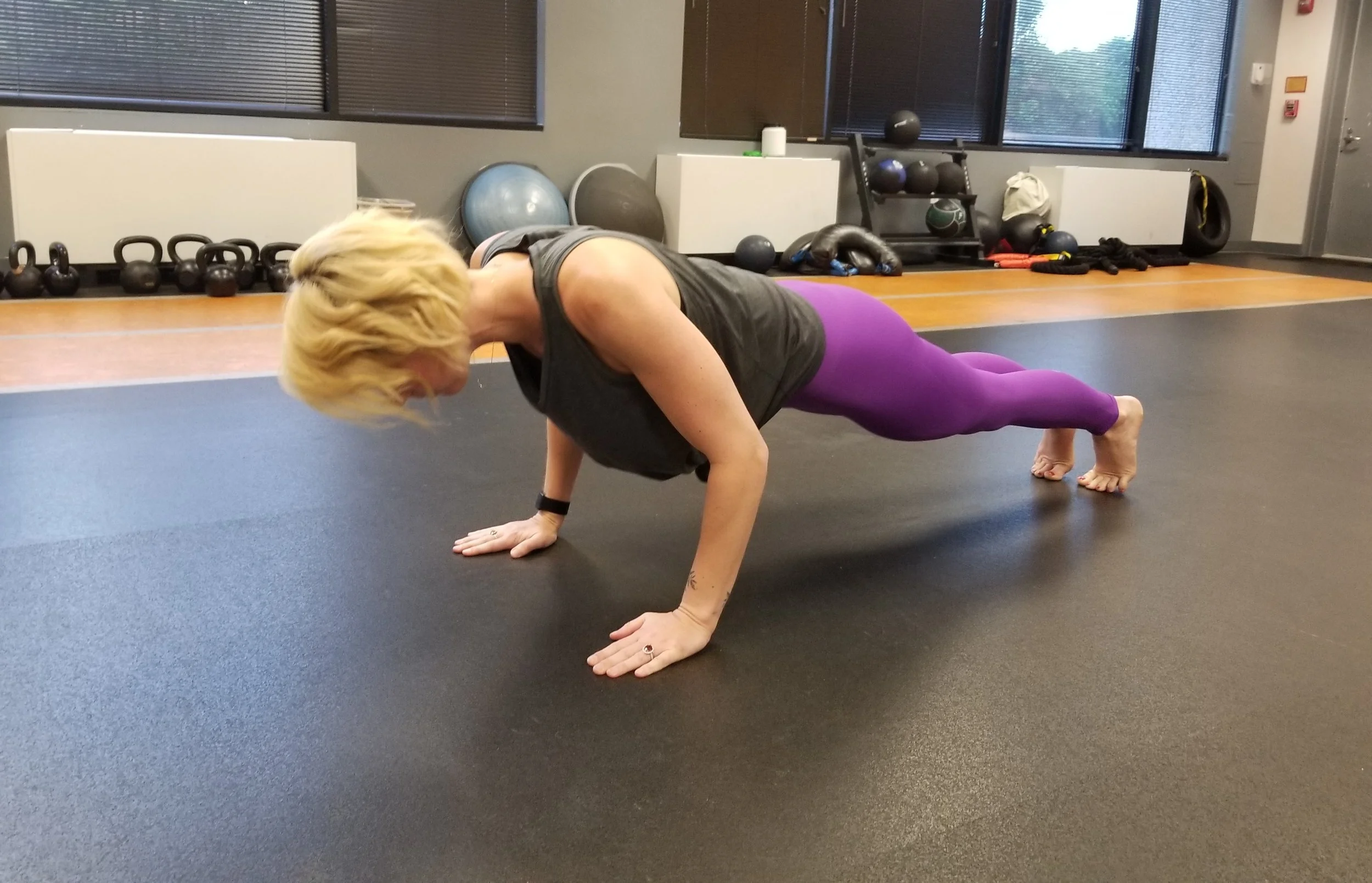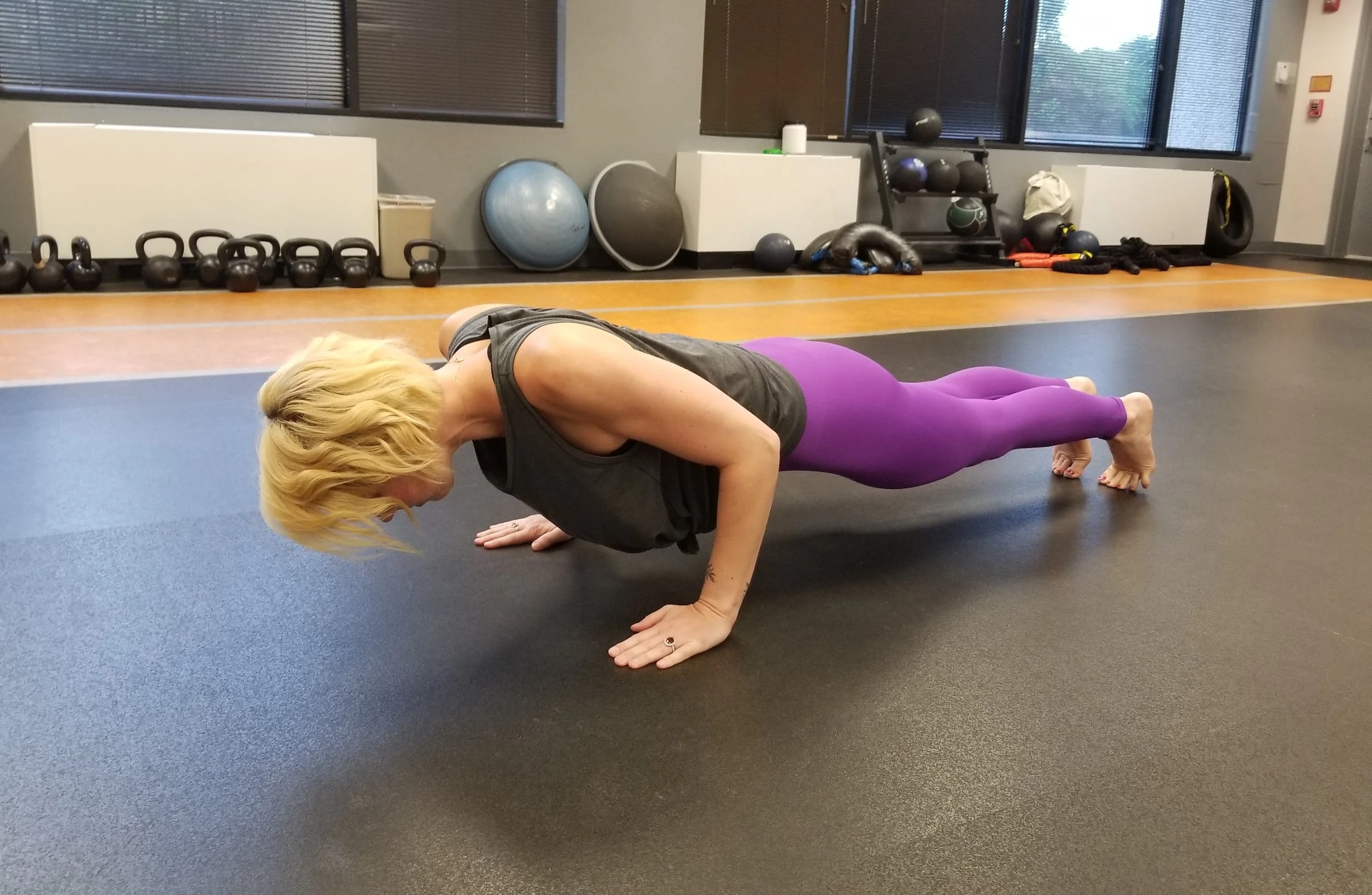Pull Ups and Push Ups for Days
When you wake up every week day at 3:45am and head into swim practice, what's the best thing that can happen? DRYLAND. Dryland was the best surprise I ever got when I used to walk in the door to my morning swim practice in my high school days. Why? Because it meant I didn't have to plunge into the depts of the frigid, ice-like water that was the pool at George Mason University (don't try to tell me I'm a wimp; that's the coldest water at any pool I've ever swam at). They used to (not sure if they still do) keep their water at 78-79 degrees, which is basically the equivalent to dry ice in the swimming world.
So when dryland days rolled around and I got to wake up at o'dark thirty but NOT jump directly into the icy waters akine to that of Antarctica I was one happy kid. But when I transitioned into working with mostly triathletes and found out they didn’t do dryland exercises, or really knew what the word dryland meant (apparently that’s a swimming term), I decided something had to be done about that. How could I let some of the happiest workouts I used to have when I was younger go unrecognized? Anyway, I’ll stop my rambling and reminiscing and move on to the meat of this post. The best dryland exercises swimmers can do to to benefit their swimming: pull ups and push ups.
Pull ups are really great because they focus on strengthening the same muscles you use during freestyle without needing consistent technical expertise. Meaning that you can safely do them by yourself without a coach watching over your every move. That being said, you should definitely start these exercises with a coach present to make sure you're starting with good form. Having good form is one of the keys to making sure dryland exercises are giving you the most benefit, as well as keeping you injury free.
Pull ups work your back, rear shoulders, and forearms. This move also focuses on strengthening your lats better than any other exercise on the market, which is one of the main muscles used during your freestyle pull. You want to start with your hands shoulder width apart, palms facing away from you. While keeping your shoulders back and down, try to pull your elbows toward the ground. This is my favorite cue to use to help make sure you're engaging the proper muscles for a pull up.
Now if you’re like me and have trouble doing pull ups without assistance, then your best place to start off with is negatives, which strengthen the same muscles without having to actually pull your body up from the ground. A negative is a movement where you stand under a pull up bar, use a box/stool to jump up from and grab the bar, placing your hands slightly wider than shoulder width apart with palms facing away from you. Using the momentum from your jump, pull yourself upward until your chin is above the bar. This is your starting position. Now slowly, and with control, lower yourself while keeping your core tight and focusing on using your lats to bring you back down to the box/stool. Make sure you keep your shoulders and back and down while lowering yourself. This move might sound easy but it can definitely be a tough one. Whenever I do these I’m usually sore for a few days afterwards.
Moving onto the push up, which, done correctly, is an upper body workout AND a core workout. Think plank, but with additional work on your upper body. This combo of strength is what swimming is all about, using your upper body to propel you forward through the water and using your core to stabilize you as you do it.
Both of these exercises can be done without the use of weights and take up very little time. Try adding them to your workout routine 2-3 times a week to start strengthening your swimming muscles. In the beginning you might not notice a difference, but as you progress and get stronger you’ll definitely see some changes in and out of the water. Most notably for me is that I now understand the feeling I’m looking for when I pull during freestyle (which I definitely didn't when I was growing up and swimming 10 times a week).
Doing these dryland moves in conjunction with your normal swim workouts is not only a great way to add strength, but also to give you more body awareness of the movements you’re making in the water.

